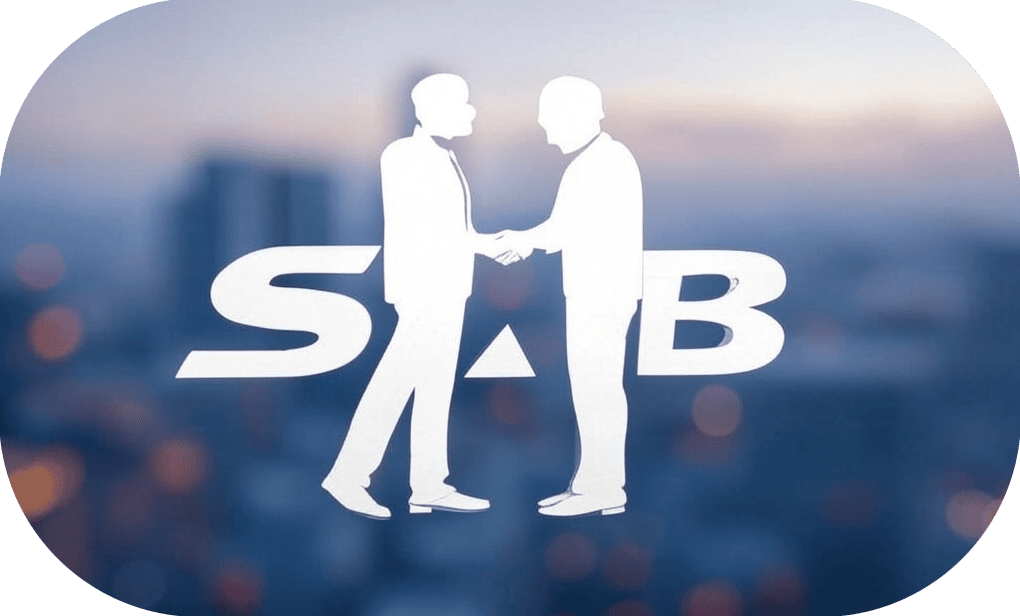
Congratulations on acquiring a staffing agency! The closing marks the end of the sale process, but it’s just the beginning of your journey as the new owner. Post-purchase integration is a critical phase where you’ll merge systems, consider rebranding, and develop a strategic plan to drive growth. In this post, we’ll explore key strategies for merging systems, rebranding, and strategic planning, offering insights for buyers to ensure a smooth transition and tips for sellers on what to expect.
As the new owner, your goal is to integrate the acquired staffing agency into your operations or optimize its standalone performance while maintaining its strengths. Here’s how to approach this phase:
Merging Systems: Streamlining Operations
Merging systems is often one of the first steps in post-purchase integration, as it ensures operational efficiency and consistency. Here’s how to do it effectively:
- Assess Existing Systems: Start by evaluating the agency’s current technology stack, such as its applicant tracking system (ATS), CRM, and payroll software. For example, if the agency uses Bullhorn for candidate management but you use Jobvite, decide whether to migrate to your system or retain theirs based on functionality and cost.
- Plan the Integration: Create a timeline for merging systems to minimize disruptions. If you’re integrating the agency’s client data into your CRM, ensure data is cleaned and mapped correctly to avoid errors.
- Train Your Team: Provide comprehensive training to employees on any new systems. This helps staff adapt and ensures continuity in client service.
- Maintain Data Security: During the merger, prioritize data security to protect sensitive client and candidate information. Use secure migration tools and ensure compliance with regulations like GDPR or HIPAA, especially if the agency places healthcare workers.
Rebranding: Establishing Your Identity
Rebranding can help align the acquired agency with your vision and market positioning, but it must be done thoughtfully to retain client trust. Here’s how to approach it:
- Evaluate the Need for Rebranding: Decide whether a full rebrand is necessary or if a partial update (e.g., a new logo) will suffice. If the agency has a strong reputation in tech staffing, you might retain its name to preserve brand equity while updating its visual identity to align with your company.
- Communicate with Stakeholders: Inform clients, employees, and candidates about the rebranding well in advance. For example, if you’re renaming the agency from “TechStaff Solutions” to “GlobalTech Talent,” send an email campaign explaining the change and emphasizing your commitment to maintaining service quality.
- Update Marketing Materials: Refresh the agency’s website, social media profiles, and collateral with the new branding. This may attract new clients in the industry sectors that are serviced.
- Preserve Client Relationships: Reassure key clients that the rebrand won’t affect their experience. For instance, if a major client relies on the agency for seasonal retail staffing, meet with them to discuss how the rebrand aligns with your goal of offering enhanced workforce planning tools.
Strategic Planning: Setting the Stage for Growth
A clear strategic plan ensures the agency thrives under your ownership.
- Set Short-Term Goals: Identify immediate priorities, such as increasing client retention by 10% in the first six months. If the agency has a strong foothold in IT staffing, you might focus on cross-selling services to existing clients.
- Leverage Existing Strengths: Build on the agency’s core competencies. If the agency excels in placing temporary workers in manufacturing, consider expanding into related sectors like logistics while maintaining its high placement success rate.
- Plan for Expansion: Outline long-term growth strategies, such as entering new markets or adopting technology to improve efficiency.
- Monitor Performance Metrics: Establish KPIs to track progress, such as time-to-fill, client satisfaction scores, and revenue growth. Regularly review these metrics to adjust your strategy as needed.
For Sellers: What to Expect from the Buyer’s Integration
As a seller, understanding the buyer’s integration process can help you prepare your agency for a smooth transition. Here’s what to anticipate:
- System Mergers: The buyer may merge your agency’s systems with their own or upgrade to new technology. Before the sale closes, provide detailed documentation on your ATS, CRM, and other tools to facilitate this process. If your agency uses a proprietary candidate screening process, include a guide to help the buyer replicate it.
- Rebranding Efforts: The buyer might rebrand your agency to align with their company identity. To ease this transition, share your agency’s branding assets (e.g., logos, style guides) and client feedback on your brand’s reputation. This helps the buyer make informed decisions about retaining or updating your brand.
- Strategic Shifts: The buyer will likely develop a strategic plan to grow the agency, which may involve expanding into new sectors or introducing new services. Before the sale, highlight your agency’s strengths—such as a client retention rates in industry sectors—to give the buyer a strong foundation to build on.
Why Post-Purchase Integration Matters
Effective integration ensures the agency continues to thrive under new ownership, maintaining client trust and employee morale while positioning the business for growth. The staffing industry is booming—U.S. revenue is projected to reach $150 billion in 2025, according to Staffing Industry Analysts—making this an ideal time to acquire and grow a staffing agency.
Ready to Acquire or Sell? The Market Is Hot!
Whether you’re a buyer looking to integrate a staffing agency or a seller preparing for a seamless exit, SAB is here to help you navigate the sale process. Our database of active buyers are currently seeking businesses in the U.S. and Canada.Ready to take the next step? Contact SAB today to learn how we can support you through the sale process. Reach out at Staffing Agency Broker - Contact Us.
